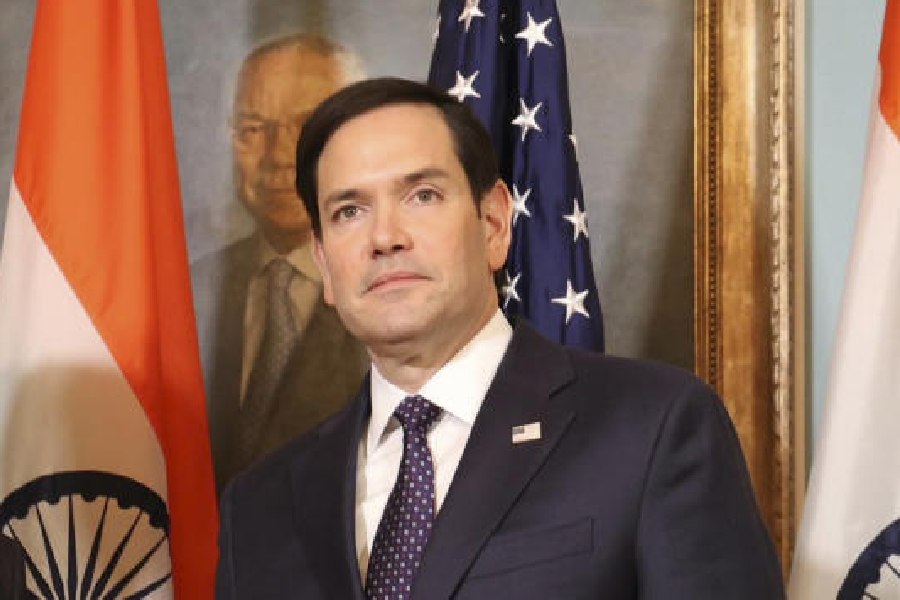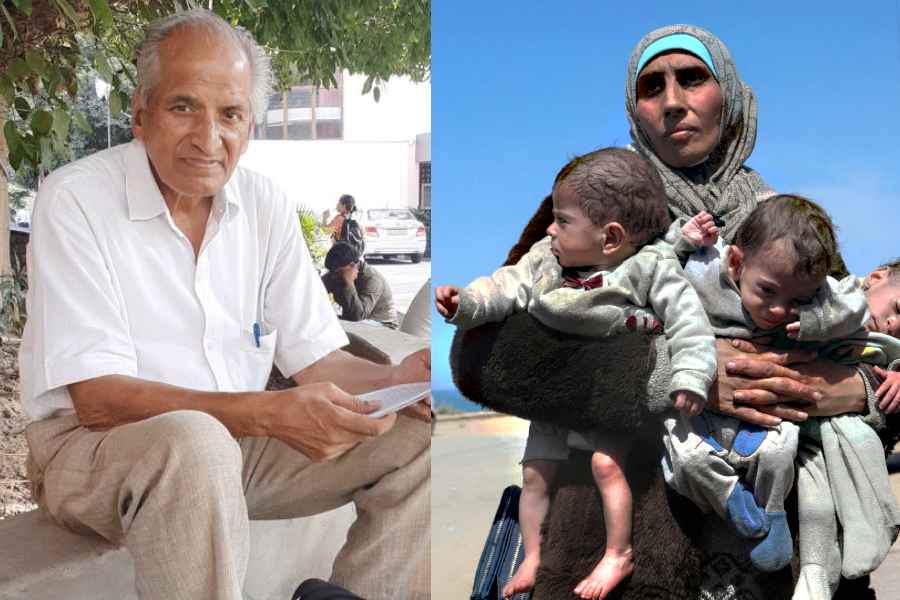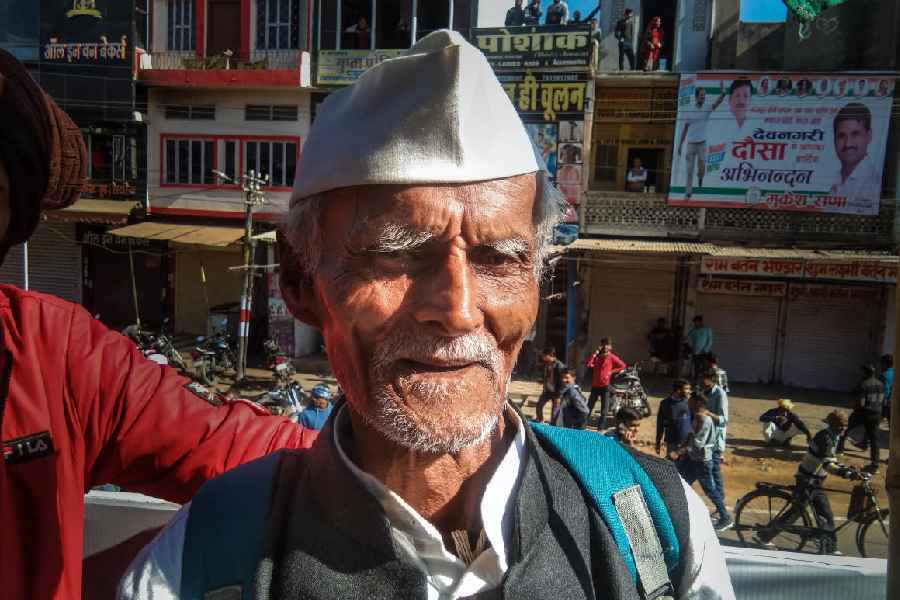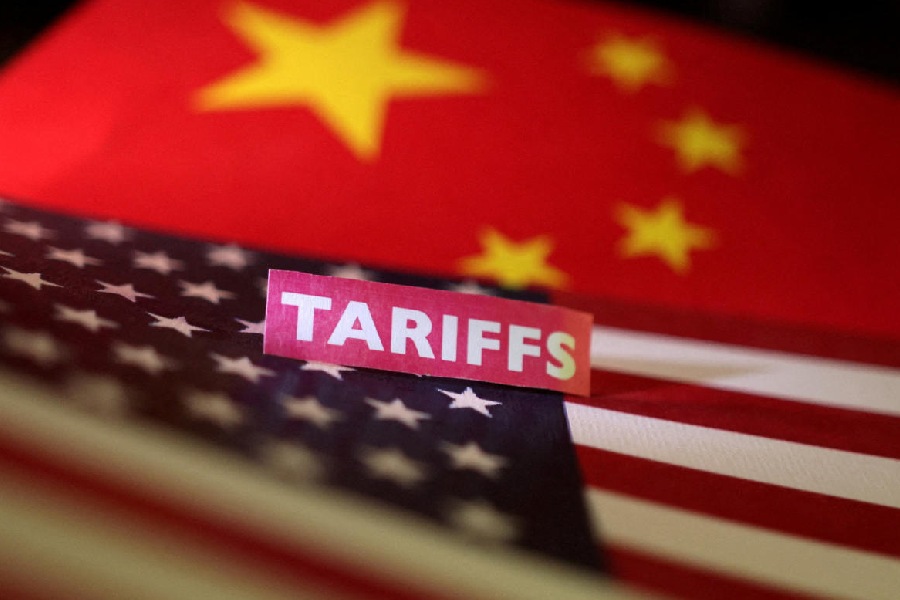 |
Having grown up reading abridged, changed versions of his stories, encountering Hans Christian Andersen’s prose was an astonishing experience for me — it was a lot like reading J.M. Barrie’s clever, subversive Peter Pan in the original. Both Barrie and Andersen wrote children’s stories into which they adroitly wove comedy, satire, philosophy and social critique meant for adult readers. Andersen pioneered this style; writers like Barrie are beholden to him, as are numerous other children’s writers such as Roald Dahl and J.K. Rowling, whose works are read extensively by adults. Andersen had once said that he seized on an idea for grown-ups and told children stories that were based on it, not forgetting that parents often listen to the tales being told to their children, and must be given “something for their minds”. Andersen has often been compared with the Brothers Grimm; he might as well have been compared with the man in the moon. Jacob and Wilhelm Grimm collected folklore with a scientific precision, and rendered as reliably as they could the simple language of the peasants. It was the fairytale’s ethnological value that drove them; its poetic value was of secondary importance. This was not the case with Andersen. He worked primarily upon his own imagination, and was drawn only to the poetic aspect of the fairy tale. In this way, in spite of dealing with plenty of episodes of individual suffering, he usually avoided the more disturbing scenes of folklore, which the Grimms had set out to collect and preserve.
Andersen’s fairytales can be read purely as magic adventures, but for the astute reader they bubble with characters culled from his own life and travels. In some of his stories, incident appears to be secondary to the moral purpose, which is so artfully concealed that it requires a discerning reader to detect it. I cannot read “The Ugly Duckling” now without thinking that it is a subtle, superb revenge the poet takes upon a world that detested and shamed him, before he opened his wings and flew away with the swans. And yet, as a child, I remember reading the tale with unwavering delight, never for a moment guessing its moral. The hens, the ducks and the geese had such distinct personalities, and the incidents were so familiar to my own experience, that I wanted nothing more for my amusement.
Andersen’s ‘duckling’ emerged triumphant not just by chance, but by dint of his own efforts. True, he is bound to grow into a swan, but only if he can survive. First, he flutters away from the farmyard where he is bullied. He then greets the wild ducks at the marsh as best he can. He lies low during the ensuing wild goose hunt, after which “he scampered away from the marsh as fast as his legs would carry him... though there was such a wind that he had hard work fighting his way against it”. He discovers he is a swan only when he puts himself at the mercy of “the royal birds”.
The story’s aspirational tone is seen by some critics as betraying Andersen’s class or race biases; but what it reflects are the protagonist’s resilience and drive, which I see as the author’s own. True, not all Andersen’s protagonists conquer their troubles. The merchant’s son in “The Flying Trunk” is left without a home and a bride when his magic vehicle gets burnt owing to a fireworks display he organized himself. He is, however, still left to tell his tales.










